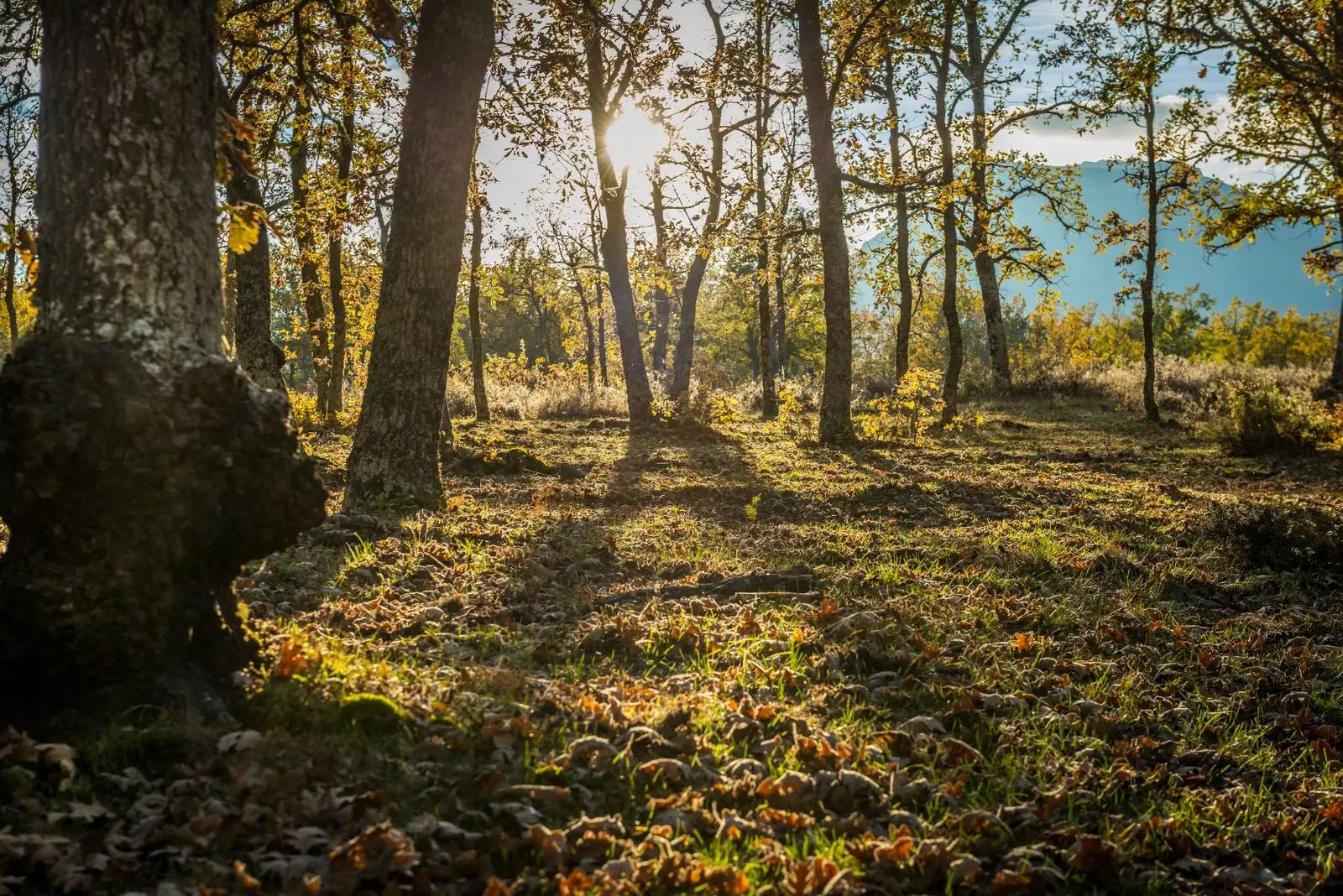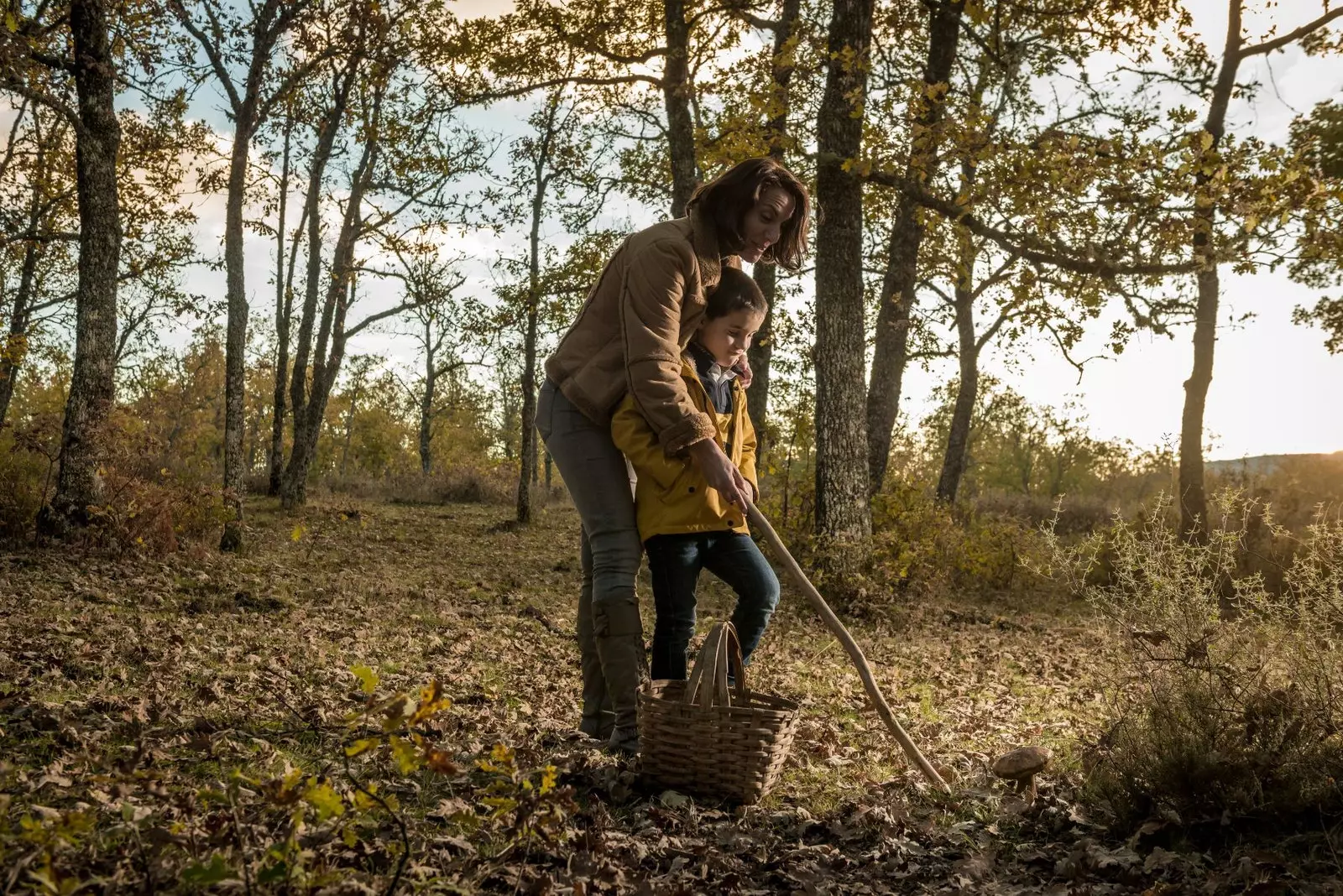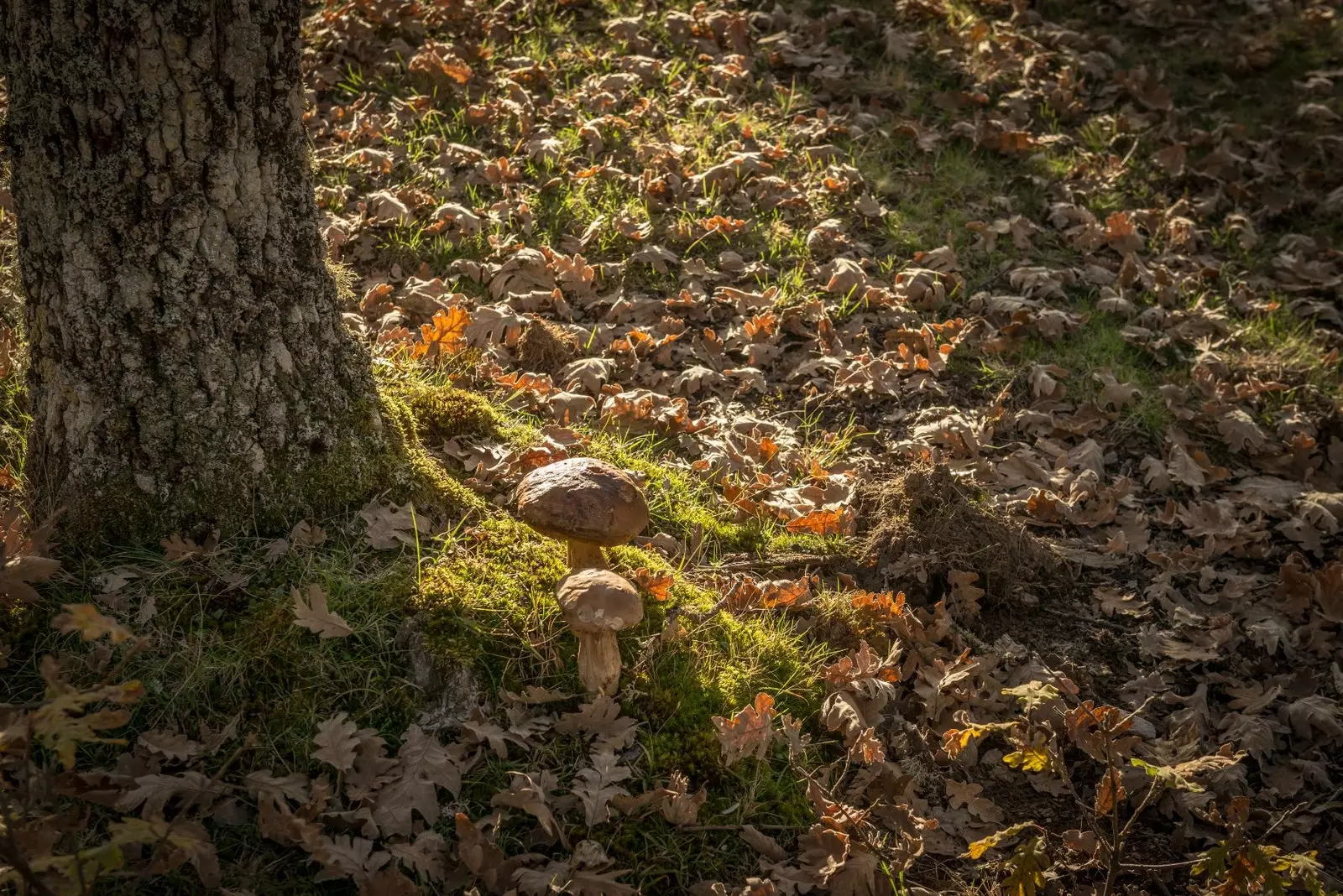Castile and Leon keeps a secret: still in spring you can collect mushrooms in the Mycological Park of the Sierras de Francia, Béjar, Quilamas and El Rebollar , the first green space to obtain this declaration in the Community. Its surface extends over 57,000 hectares distributed in 44 municipalities south of the region, giving rise to a landscape made up of deep valleys, high peaks and magical forests.
In them, species of the Atlantic and Mediterranean vegetation They shake hands, so we will see in the same space oak, conifer, birch, holm oak, chestnut and holly . The region of El Rebollar, for example, is home to the most extensive oak forest in the entire peninsula.
It is in these places where the exceptional spring mushrooms : "New contrasts of colors, textures, smells and flavors mark the new mycological season in the province of Salamanca, which extends during the spring season. Its optimal environmental conditions guarantee the reproduction of mushrooms and fungi at this time of year, whose collection is strictly regulated along numerous routes located in natural spaces of great ecological value”, they explain from Turismo de Salamanca.

In the Mycological Park of the Sierras de Francia, Béjar, Quilamas and El Rebollar you will also find mushrooms in spring.
The province, in fact, has an extensive network of mycological trails that allow the traveler to enjoy and know in all its expression the natural kingdom of fungi. "Roads always run through unique landscapes that connect small towns full of charm and that in a good part have preserved an extraordinary historical and ethnographic heritage”, continue from the body. Here are three must-sees!
- MONTEMAYOR DEL RÍO MYCOLOGICAL TRAIL – EL CERRO (SIERRA DE BÉJAR)
Near Montemayor , by the Cañada Real Soriana Occidental and de la Plata, is the Mushroom Interpretive Trail , with a total of seven panels that develop the mycological theme. Along the route, you can also see the beautiful chestnut basketry, as well as the main attractions of this town surrounded by ancient forests.
Thus, along the way, it is told how the baskets were made with chestnut wood, where it was collected and how it was handled. The route leaves the Tourist Office of Baños de Montemayor and crosses the Cuesta del Cerezo, the Vía Verde (through a long tunnel) and the Camino de Santa Ana . On the route, the section that runs along one of the best preserved sections of the Vía Romana de la Plata stands out. It is of medium/low difficulty and covers a distance of 6.2 kilometers , with departure and arrival in Baños de Montemayor, in whose thermal waters it is possible to take a dip.

Hiking and fun in nature for all audiences.
2. CEPEDA – MADROÑAL – HERGUIJUELA DE LA SIERRA MYCOLOGICAL TRAIL (SIERRA DE FRANCIA)
The mycological path that connects Cepeda —declared Magical Town—, Madroñal and Herguijuela It takes us into a colorful postcard that turns color depending on the time of year. This route allows us to follow part of an old Roman road, although, if we opt for alternatives such as that of the Lagares, the Miradors de la Sierra or the Path of Mirrors , the attractions will be others (they are never lacking!).
But let's go back to the mycological trail, which can be started in a circular direction from any of the three towns and completed without much effort, two places that since time immemorial served as communication routes, through the Alagón River Valley.
It is also a route totally sweetened by the fruits of the area and filled with mountain embroidery. A bite to a good hornazo of the Tahona de Miranda , and a toast with a Tiriñuelo cup, They will be enough to keep you going for several more kilometers.

Natural treasures.
3. TAMAMES MYCOLOGICAL TRAIL – ALDEANUEVA DE LA SIERRA (QUILAMAS)
The Tamames mycological trail reaches amazing views over the tapestry of dehesas of the Charro field , and traverse real places where a legendary kingdom beats. In addition, the route crosses the borders between the holm oak of the plain, the gall oak of the hillside and the serrano rebollar, giving the opportunity to enjoy all the biodiversity of the area.
In this area, you can see both typical fungi as lichenized, that is, covering rocks and trees. After finishing the route, it is a good idea to try the cheese made from goats and sheep raised in the meadows themselves, and even spend the night in the Parador of Ciudad Rodrigo , located in the Castle of Enrique II of Trastámara, in Salamanca.
